ChunkyCushionLover
Ideal_Rock
- Joined
- Jun 21, 2009
- Messages
- 2,463
Rockdiamond said:Rockdiamond said:But looking at this aset- and the actual diamond, I'm having trouble finding a correlation. For example, there's areas of green and red that have almost zig zag pattern on the aset.
In real life those are small virtual facets- but the adjacent areas are far closer in color.
Maybe the micro facet lighting up ( red on the aset) is superbright- but the micro facet reflection next to it ( green on the aset) is a very close gradient of silver. Not a lot of contrast- almost impossible to see- and contributes to the crushed ice effect
From my perspective, the fact that the simulation match the photo I took is not the issue.
I have the stone, and the aset- I don't see how we can correlate adacent areas that show stark contrast on the aset, but very slight contrast in the diamond in real life
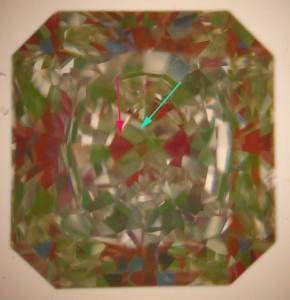
RD,
Please rewatch the two videos I posted above. They second one was put up for your benefit.
In the first video do you see the correlation betwen the ASET and how the diamond looks under lightbox lighting?
In the second video do you see what happens when you effectively block the overhead spot lighting, now look at the two diamonds such as in Garry's store?
Conceptually you must get away from thinking ASET represents one lighting environment and the hard contrast(red/green barrier) you see in the image represents hard contrast you will see in your lighting environment it does not.
Red areas are often more intense areas (bright white), and adjacent green areas can be more of a silvery or greyish less intense white.
Look in the videos under two lighting schemes and tell me if what you are describing is being shown.

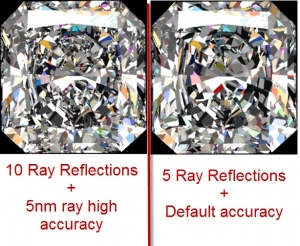
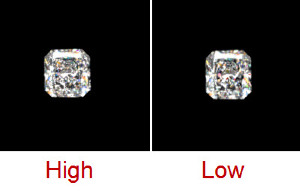
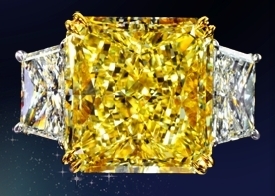
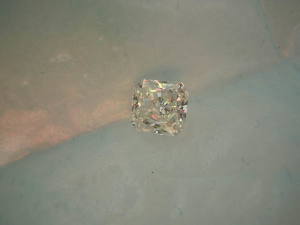
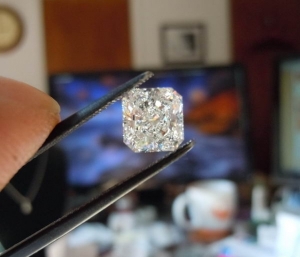
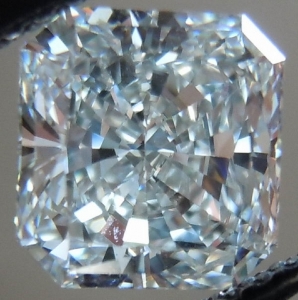
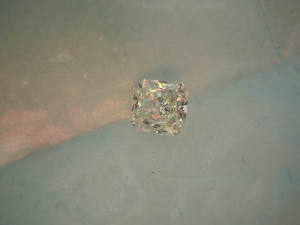
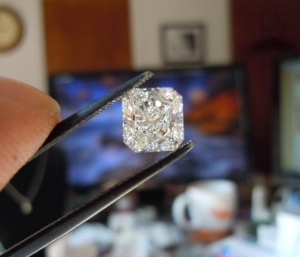
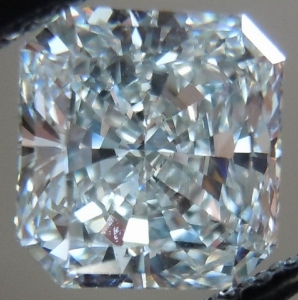
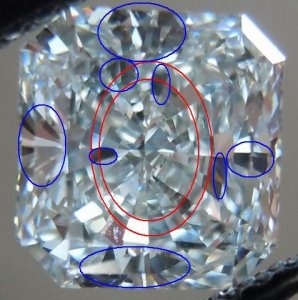
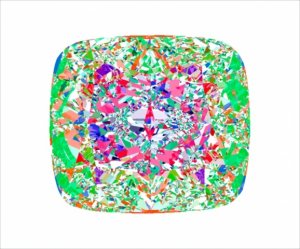


300x240.png)